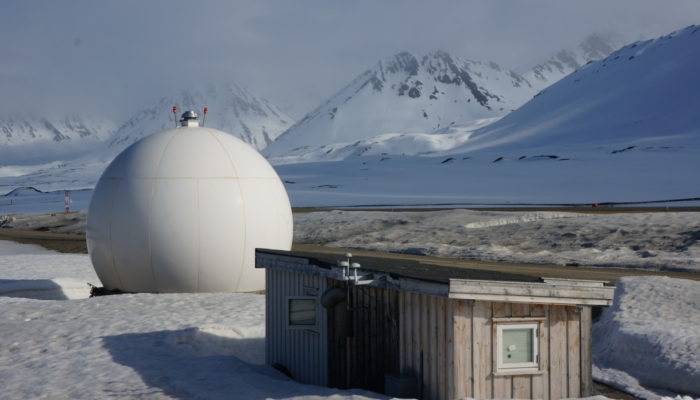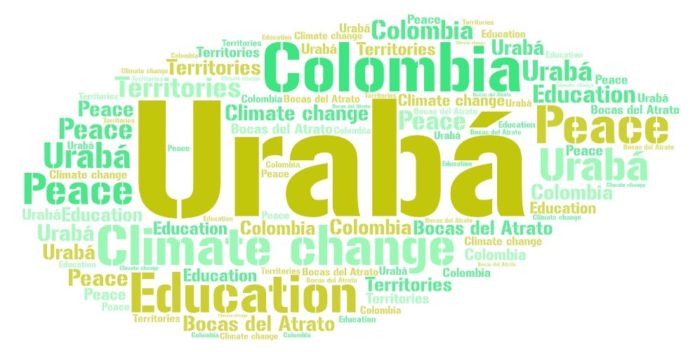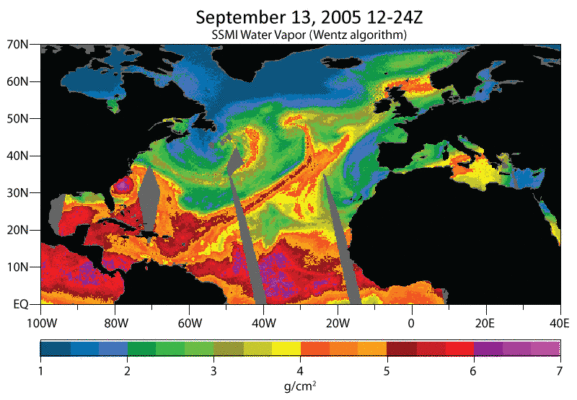After decades of observation, one of the profound consequences of anthropogenic global warming is the rapid rise in temperature in the Arctic, refered to as Arctic Amplification. Compared to the mid-latitudes, warming in the Arctic is twice as fast. The reason is mainly due to the positive feedback of a melting cryosphere: Darker surfaces are revealed from melting cryosphere, reflecting less short ...[Read More]
How glaciers record the winds of change

Primary downlink station for the Gravity Recovery and Climate Experiment (GRACE) and GRACE-Follow On satellite data in Ny-Ålesund, a town in Svalbard, operated as crucial part of the Ground Data System by the Helmholtz Centre Potsdam German Research Center for Geosciences for the joint mission with the NASA Jet Propulsion Laboratory. Source: Carsten Falck from the German Research Center for Geosciences.



